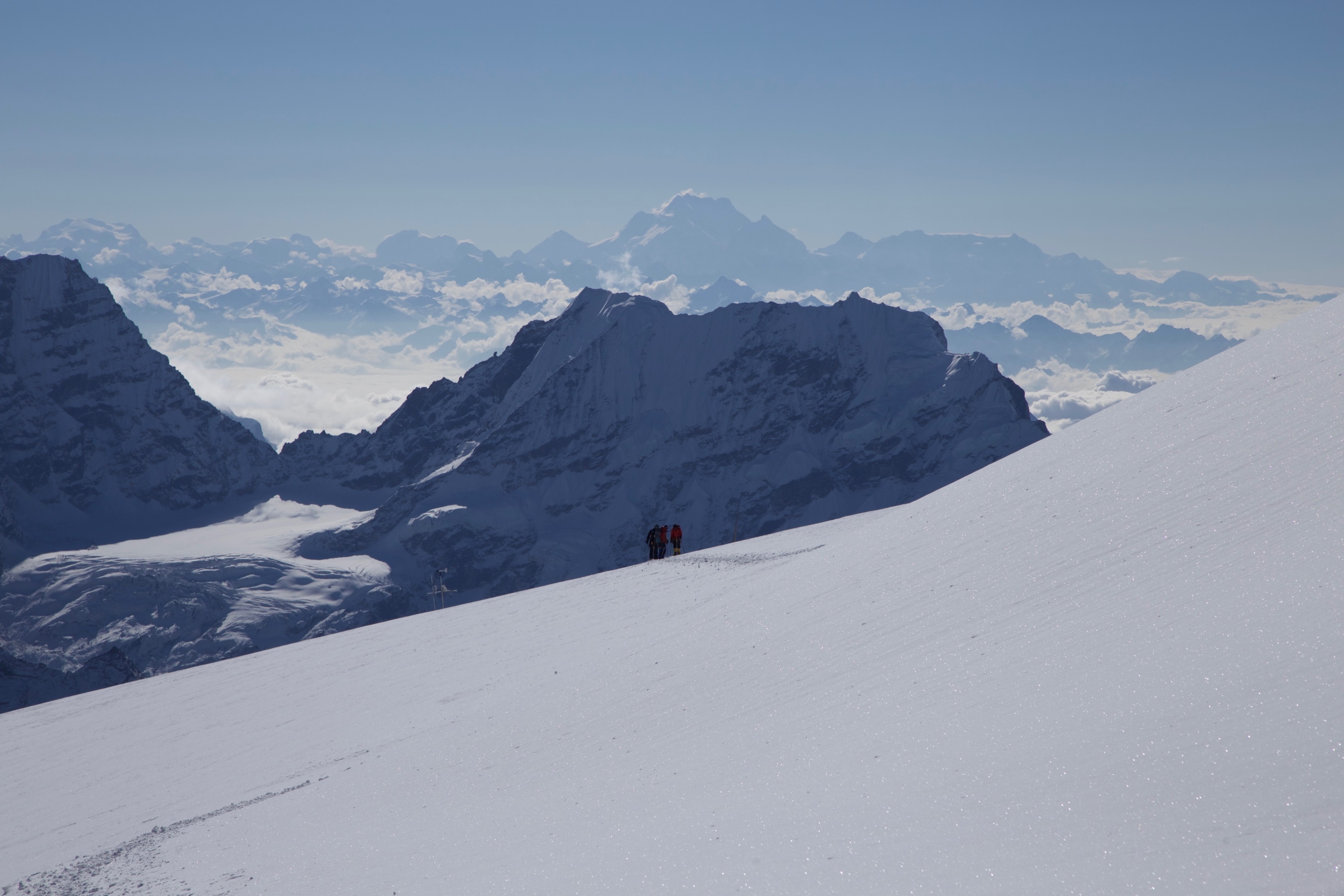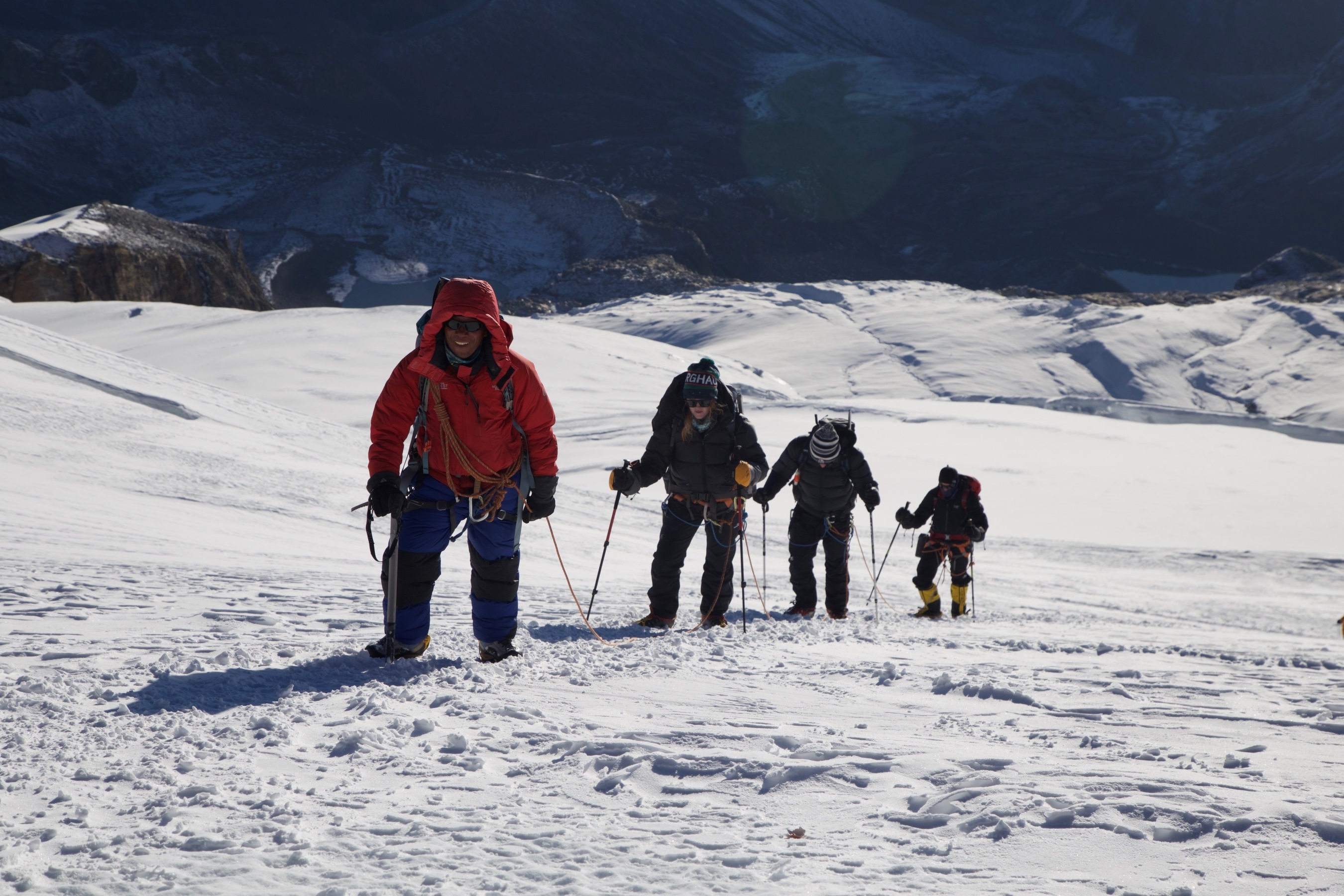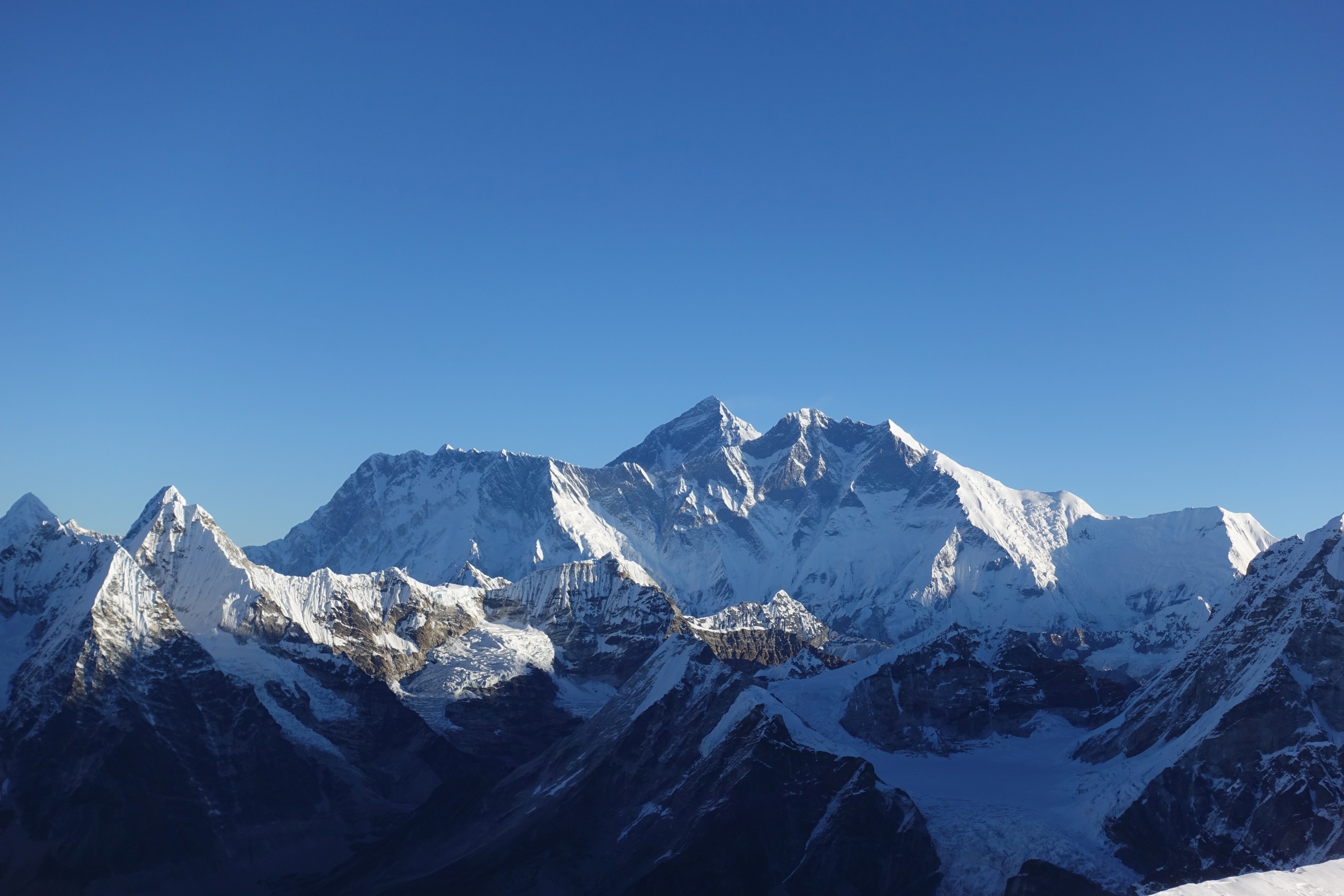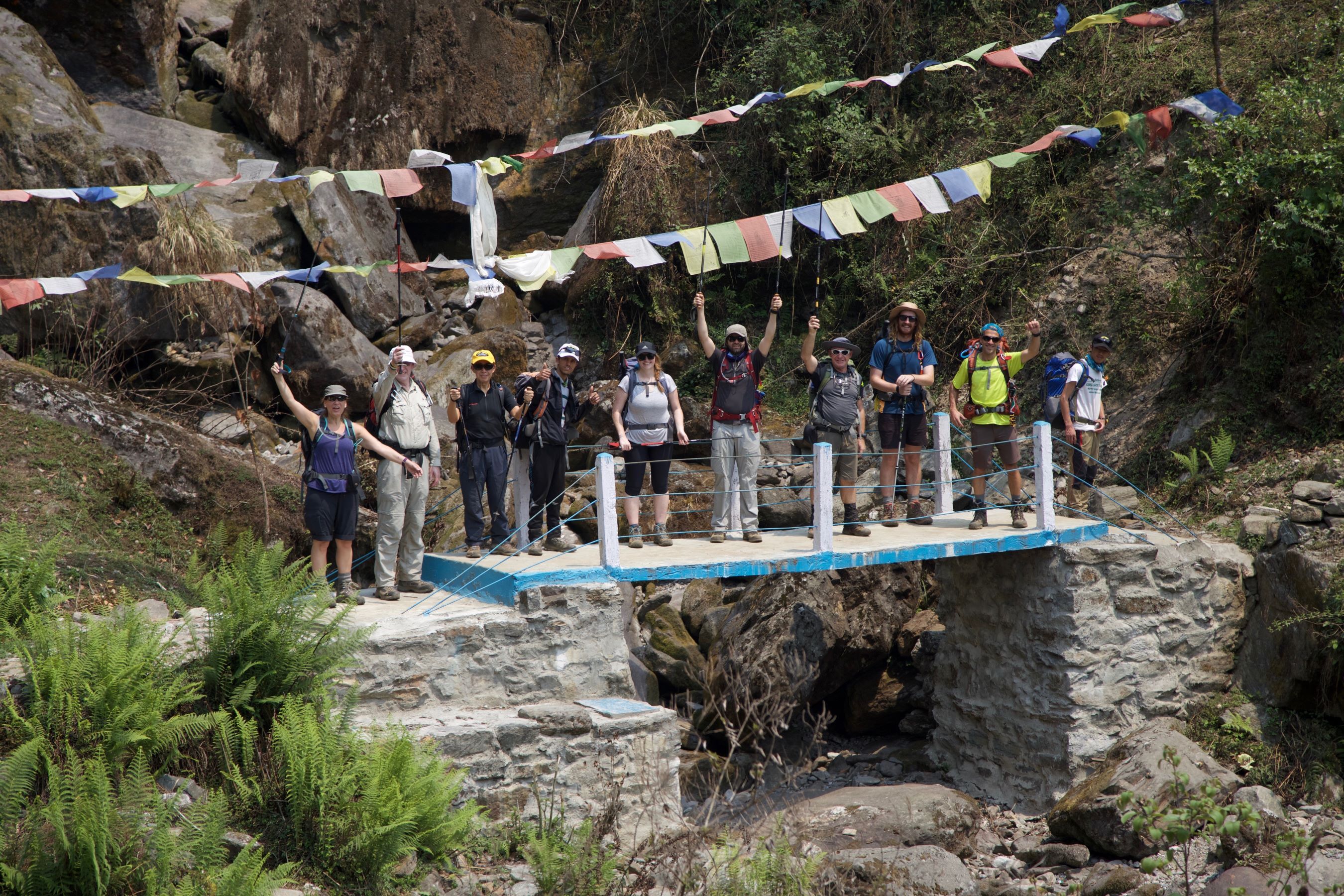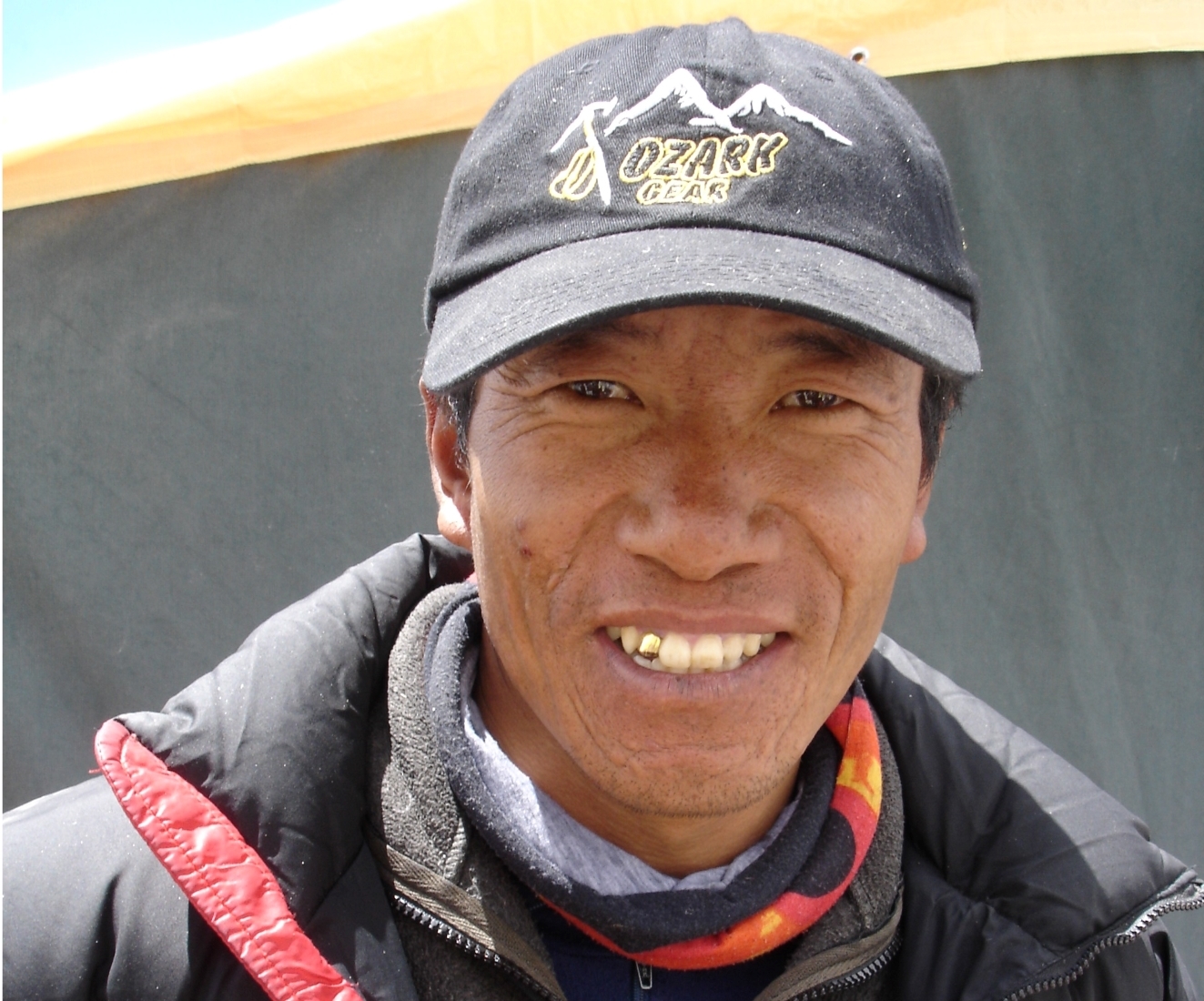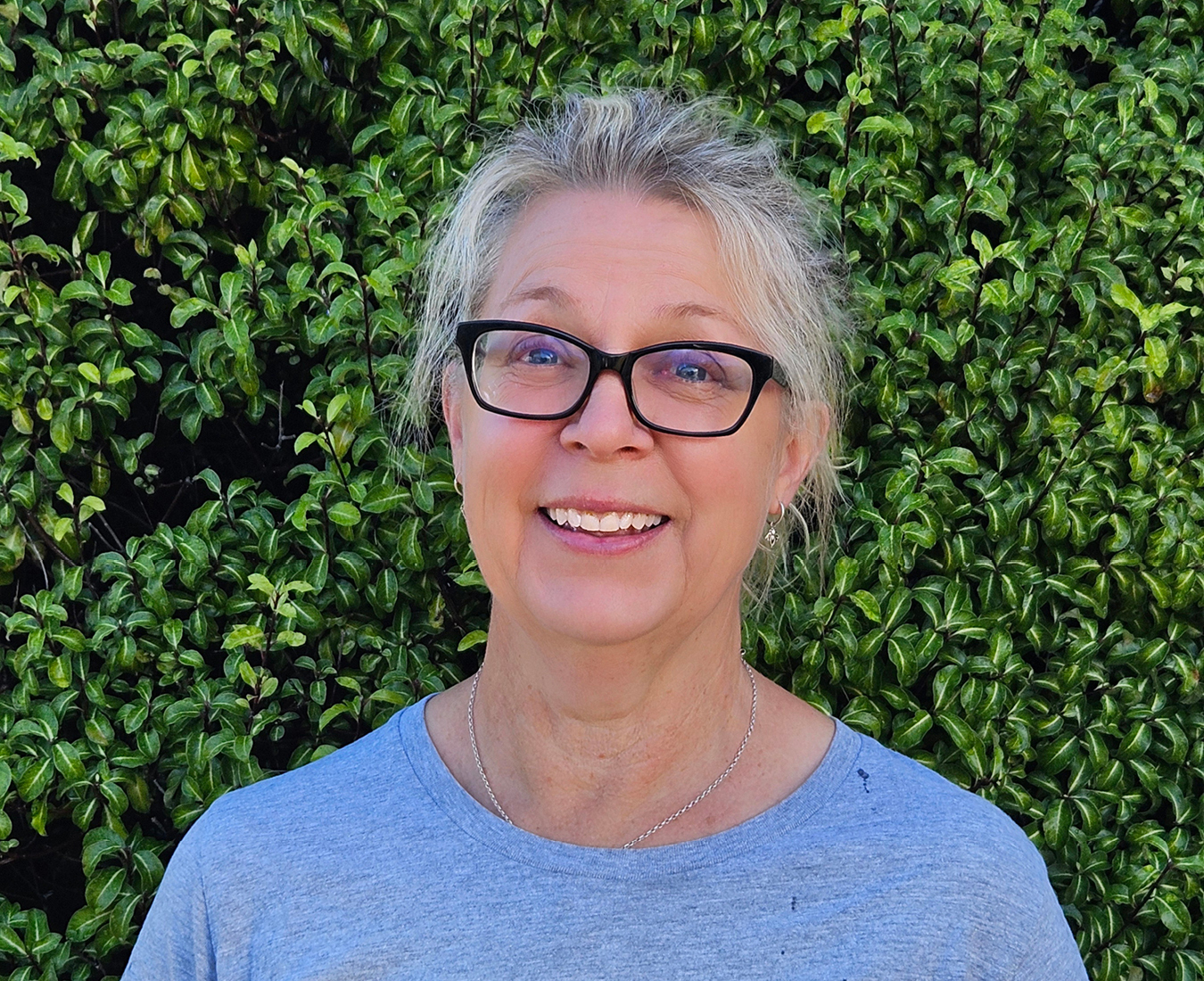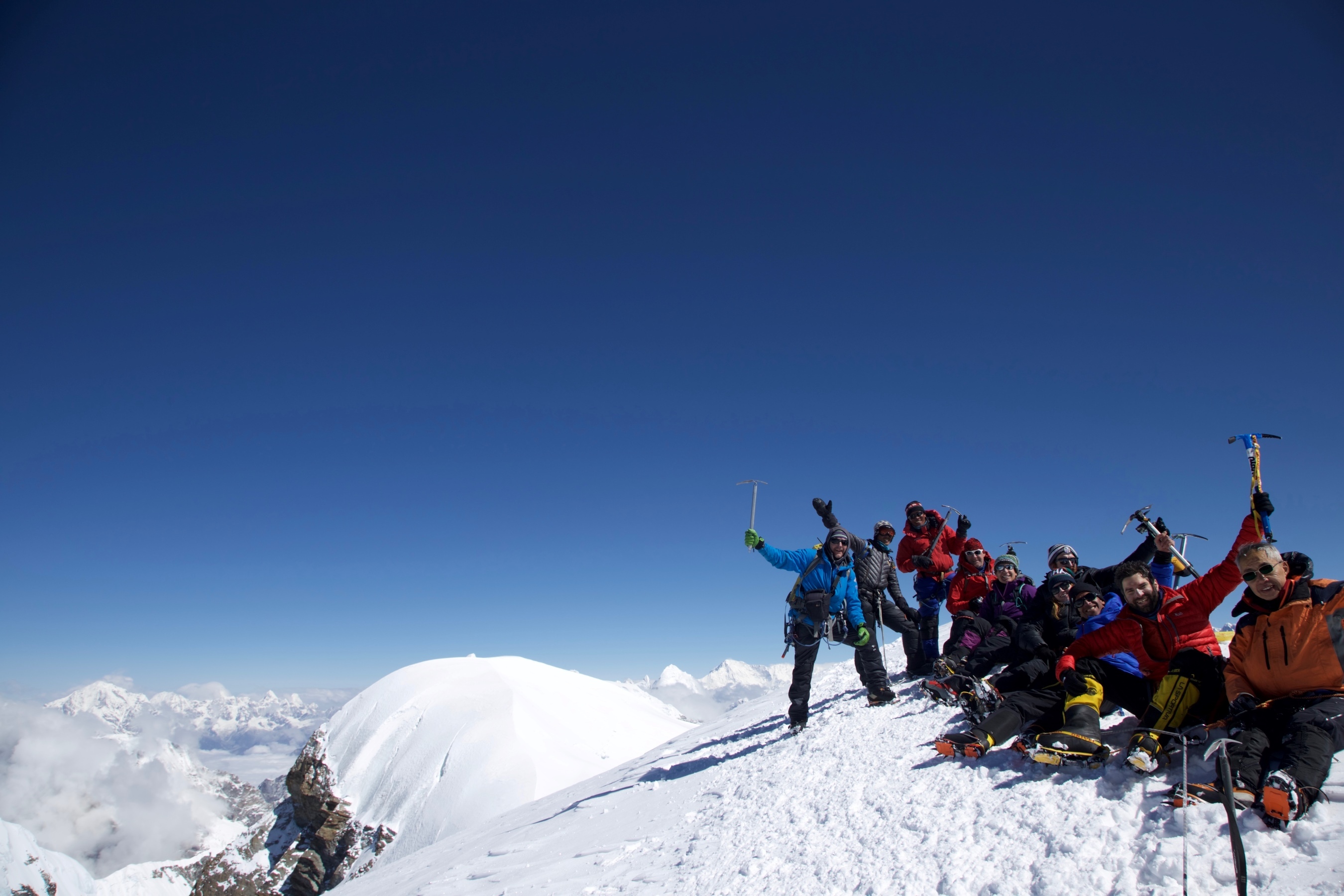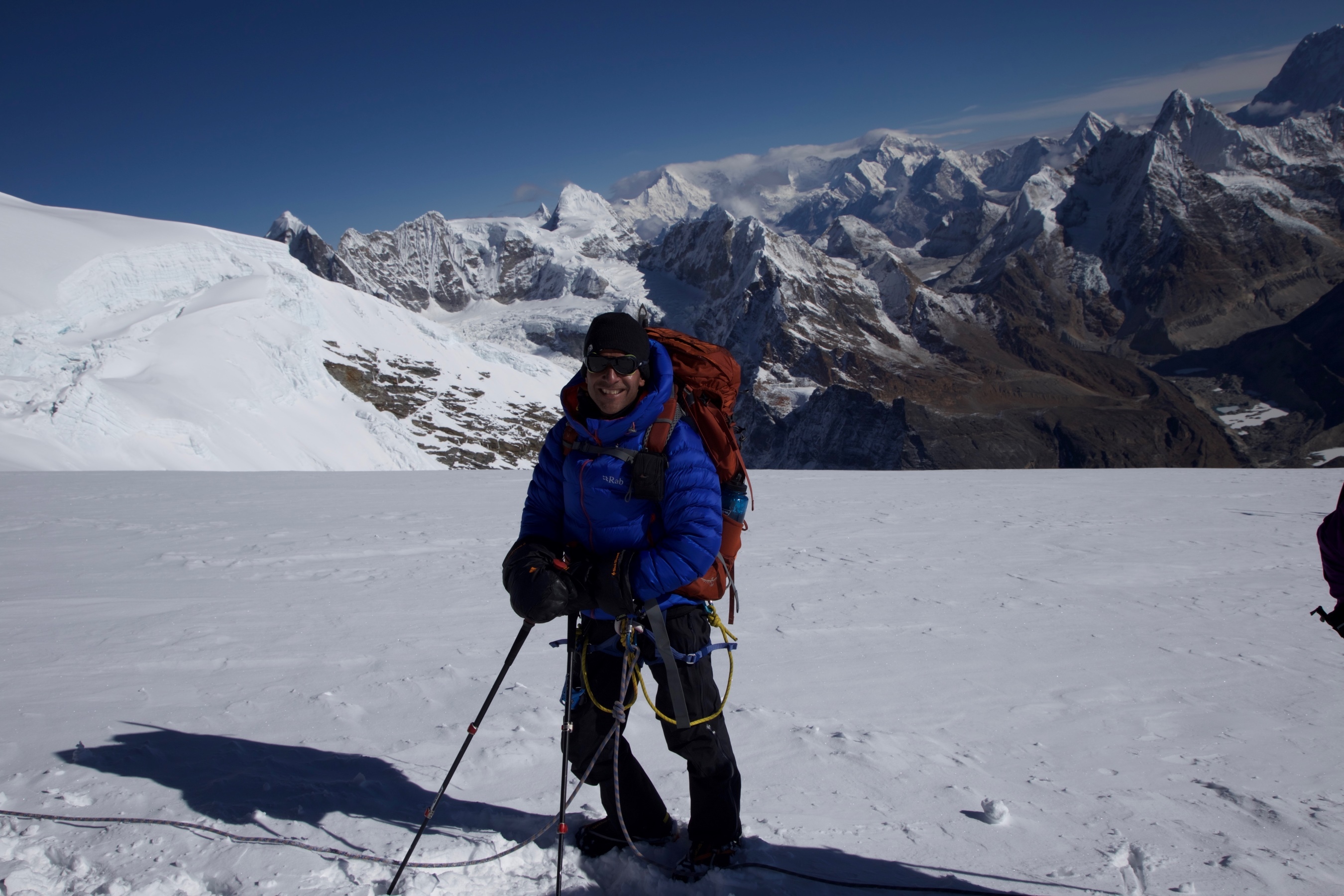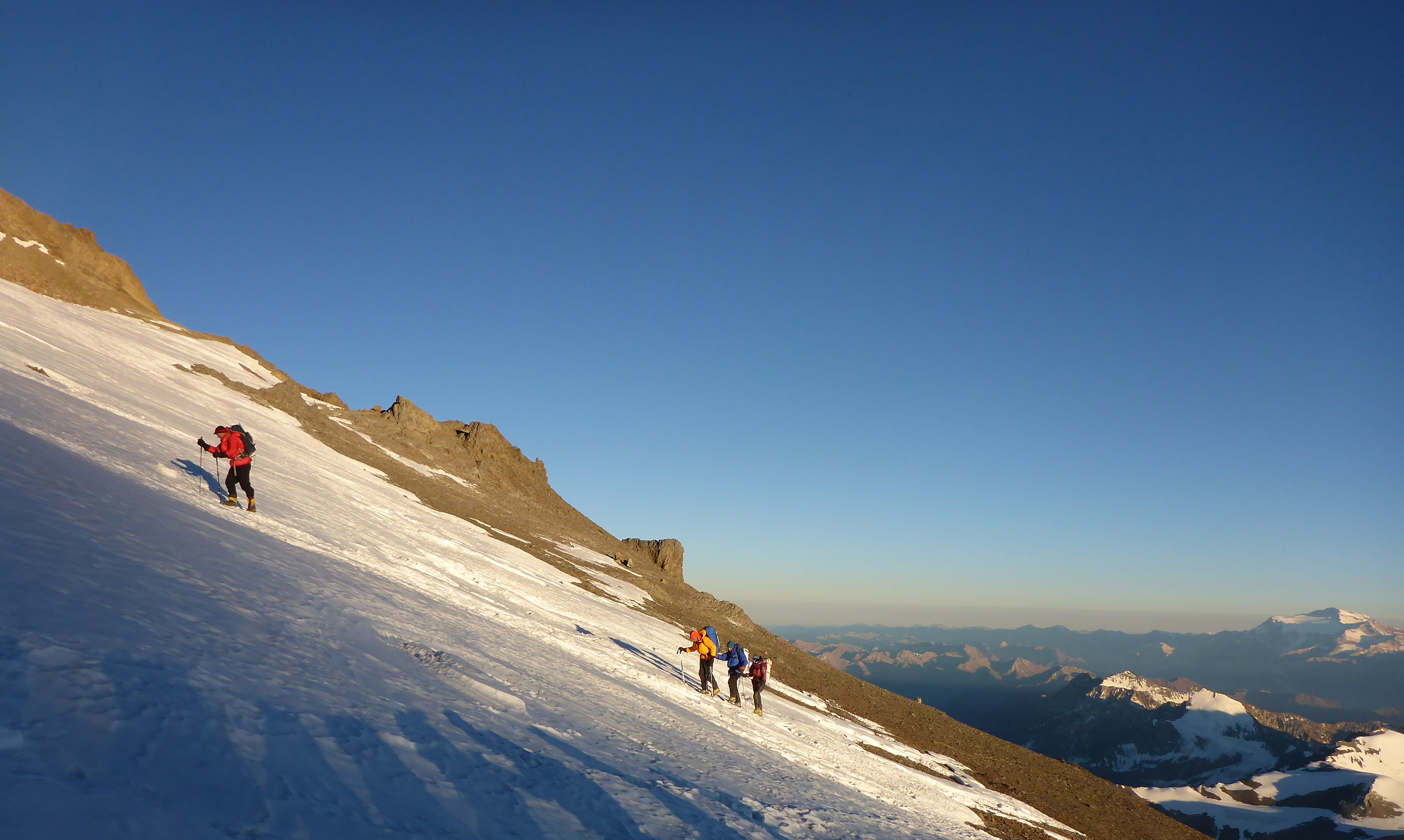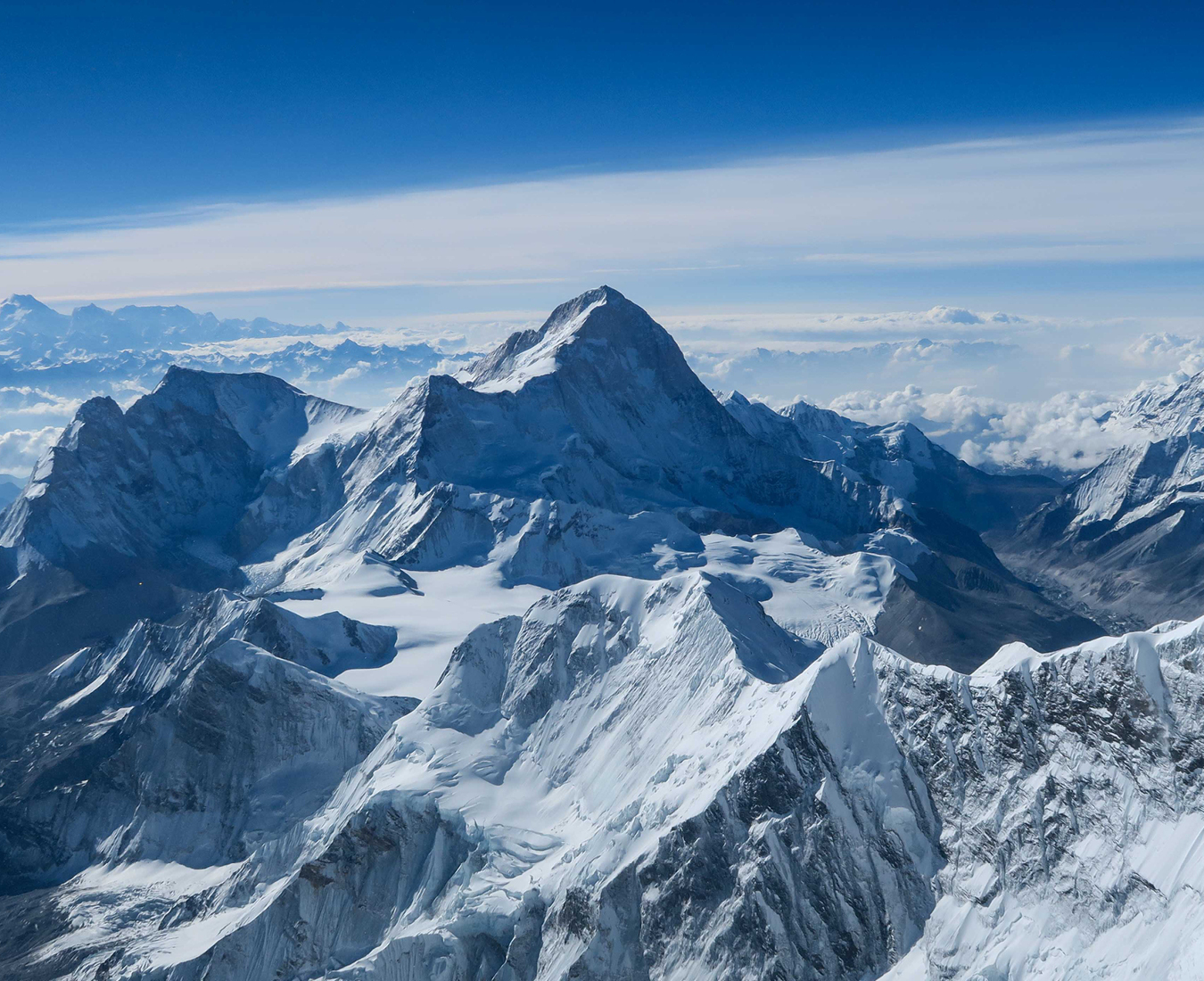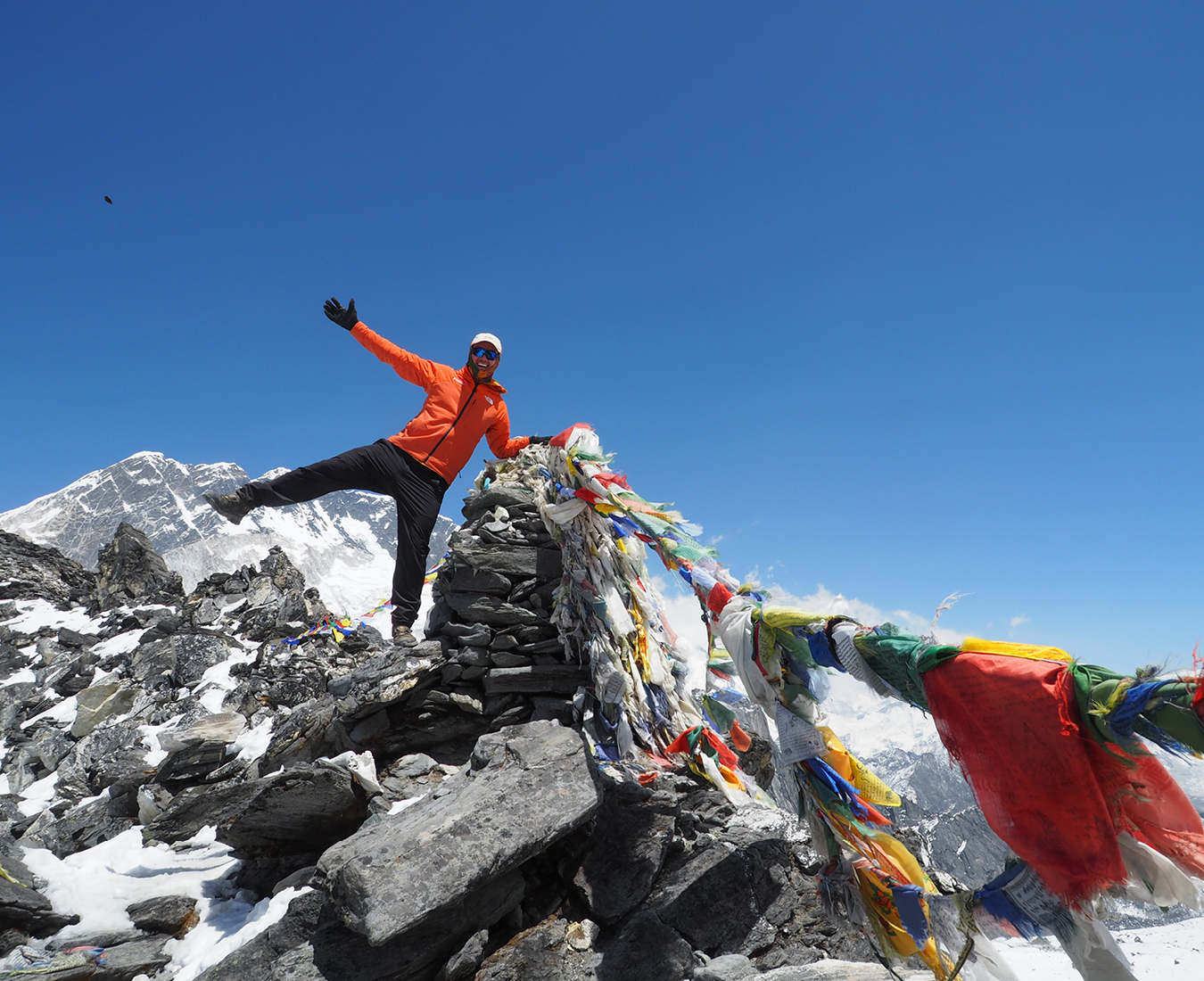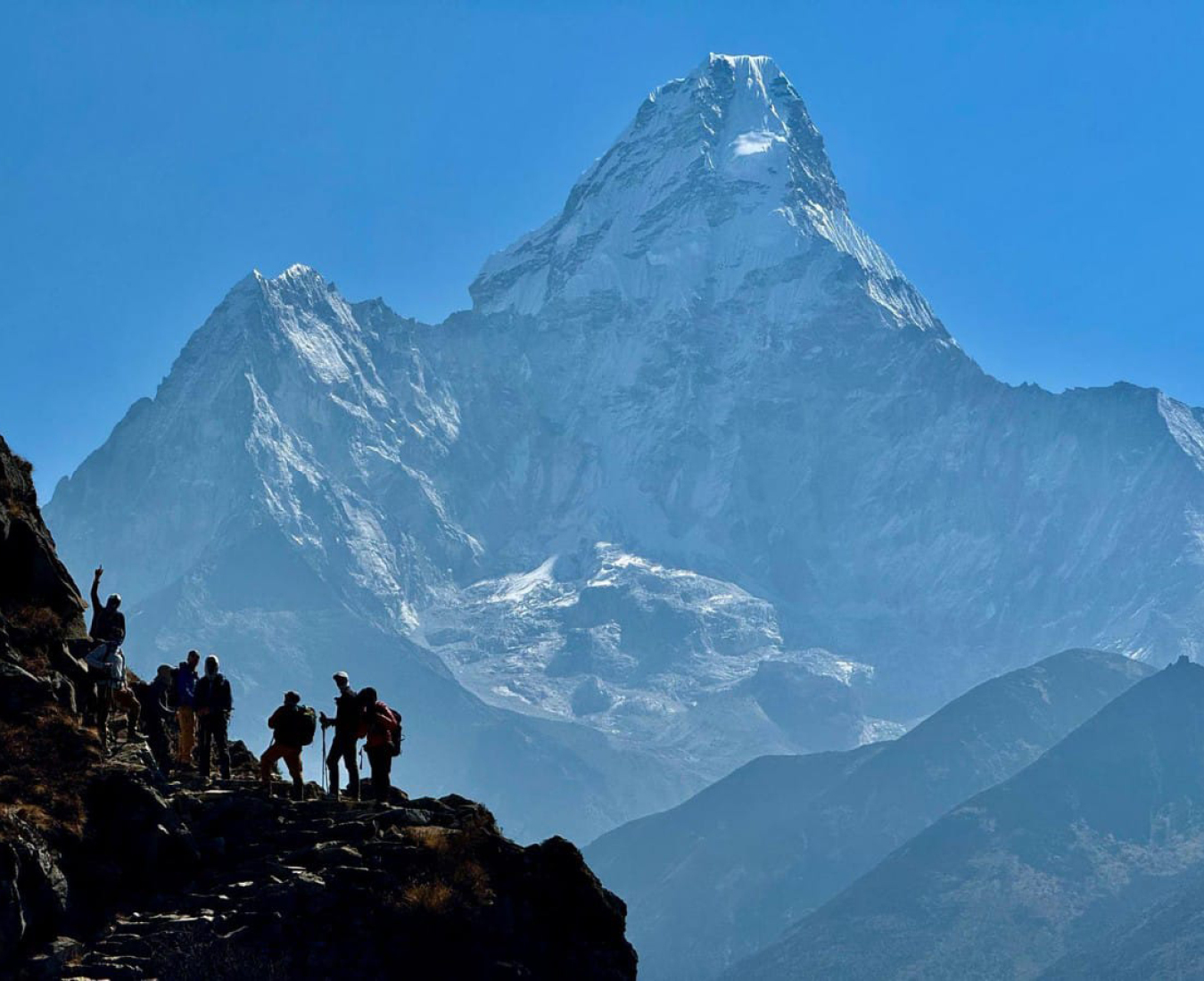Participants must have good fitness, balance and coordination. A regular training programme must be followed for many months to achieve the level of fitness required. We suggest a programme tailored to mountaineering such as those from the Uphill Athlete.
Mera Peak is one of the most alluring trekking peaks in Nepal as it involves a culturally stimulating journey through remote picturesque villages and forests, followed by a gentle climb the summit.
Mera Peak is perhaps best known because it is Nepal’s highest trekking peak and successful summits are rewarded with a spectacular panorama of five 8,000m peaks.
The climb of Mera comes at the end of a week-long trekking and acclimatisation programme designed to give you the best possible chance of an enjoyable yet successful journey.
The trip initiates in Kathmandu where we make preparations and enjoy the diversity of this ancient city before embarking on a flight into the town of Lukla in the Khumbu Valley, the entrance way to the Everest region.
- Ideal first Himalayan climb
- Challenge yourself at altitude!
- Nepal’s highest trekking peak
Climbing Ability
Climbing Ability
Beginner
Elevation
Elevation
6,476m/21,246ft
Duration
Duration
24 days
Location
Location
Nepal
Arrive in Kathmandu
Gear checks and sightseeing in Kathmandu
Fly to Lukla 2,860m/9,383ft, trek to Paiyu 2,750m/9,020ft
Trek to Panggom 2,800m/9,815ft
Trek to Najing Dingma 2,820m/9,250ft
Cross the Surke La 3,030m/9,940ft and continue to Cholem Kharka 3,550m/11,645ft
Rest Day/Acclimatisation hike
Trek to Khola Kharka 4,200m/13,800ft
Trek to Khote 3,700m/12,140ft
| Trek to Tangnag 4,250m/13,940ft |
| Rest day/Acclimatisation hike |
Trek to Mera Base Camp/Khare 4,800m/15,750ft
Acclimatisation and fixed ropes training day
Climb to High Camp 5,800m/19,030ft
Summit bid 6,476m/21,246ft, return to Base Camp 4,800m/15,750ft
Contingency day
| Trek to Khote 3,700m/12,140ft |
| Trek to Thaktor 4,200m/13,800ft |
| Trek to Thuli Kharka 4,450m/14,600ft |
Trek to Chutanga via Zatrwa La Pass 4,600m/15,100ft
Trek to Lukla
| Contingency day in Lukla |
Fly Lukla to Kathmandu
Depart Kathmandu - Trip ends
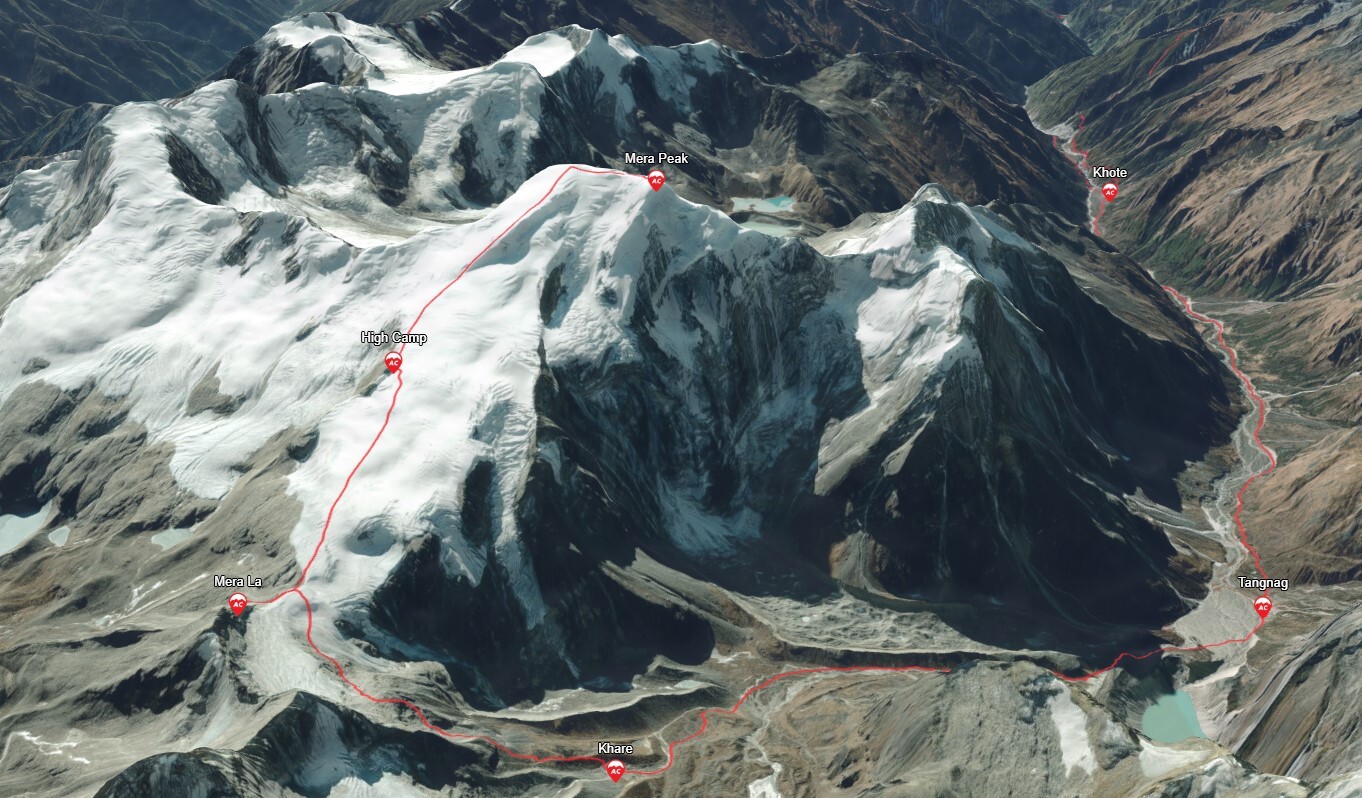
Departures and Pricing
Looking for a specific date? Book a private expedition
PREPARE
This is an entry-level climb for trekkers and novice mountaineers with basic mountaineering skills. We recommend that if you do not already have any mountaineering skills, you attend an introductory mountaineering course like our Alpine Skills Course or Chamonix Introductory Mountaineering Course.
No previous altitude experience required.

Adventure Consultants is renowned for the quality of its service and strategy applied to high altitude expedition climbing. Our reputation is attributed to meticulous planning and experienced logistics coordination. We have a philosophy of investing in every expedition to offer our climbers the best possible chance of success.
We employ strong and specialised Expedition Leaders and Sherpa staff who are recognised as some of the most pre-eminent mountaineers in the industry.
Many operators make statements about their services that are intentionally designed to mislead or avoid addressing important issues. The reality on the mountain is that unless you have a strong and experienced leader with sufficient Sherpa staff in support, the chances of summiting are dramatically reduced. Expeditions that are operated by local staff, with no qualified and experienced western guides, are generally not able to offer you a legitimate level of safety or success. These expeditions have the highest ratio of accident and frostbite injury on trips which may seem cheap at the time when booking but the long term effects make the price difference irrelevant.
The AC approach to making expeditions work for you is reflected in the quality and safety of the expeditions we run along with our consistently high success rate.
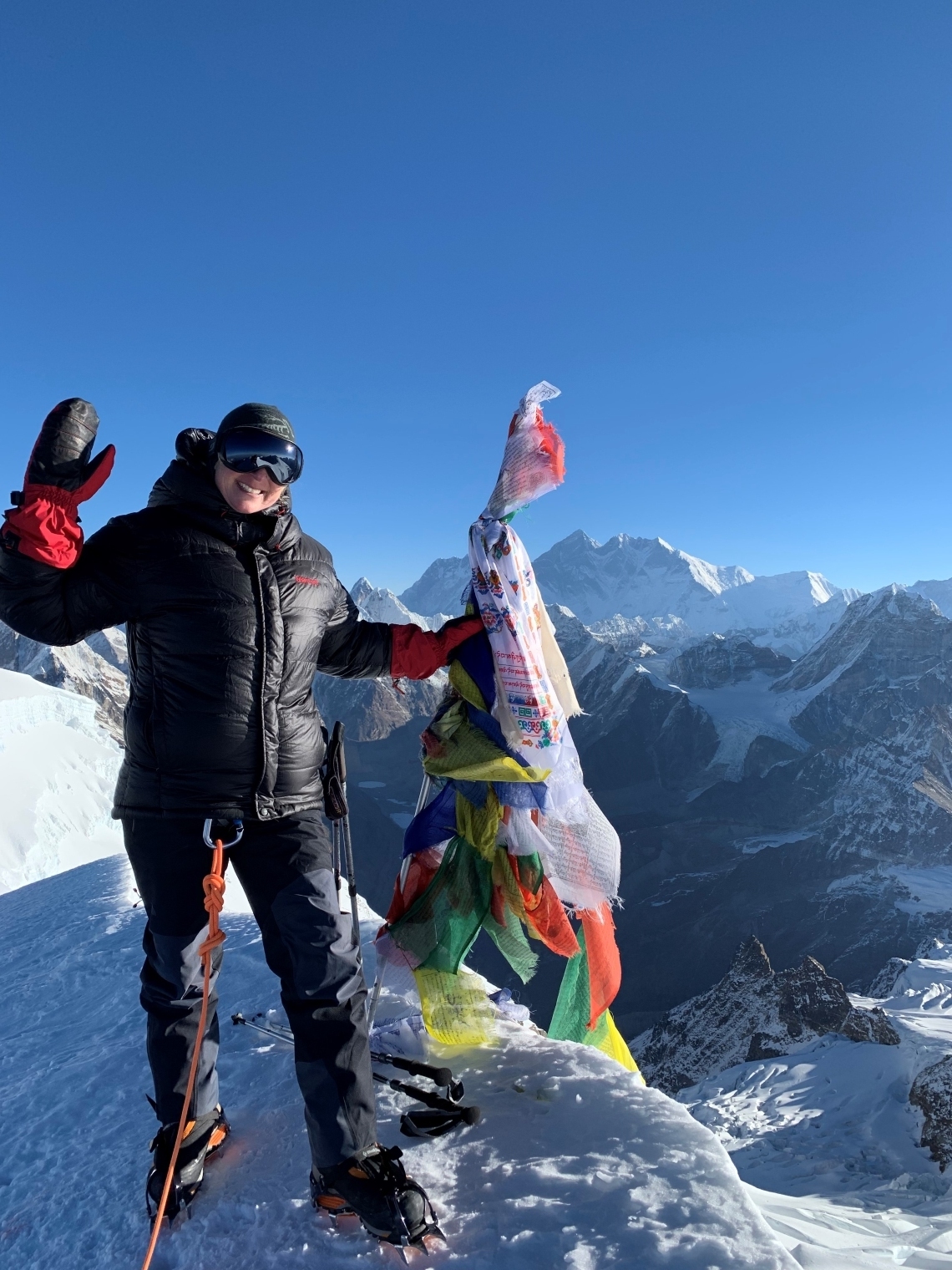
The price of your trip includes the following:
- Professional, qualified guides
- Experienced Sherpa team
- Helicopter flights Kathmandu-Lukla and return
- Excellent food and catering
- Expert logistics
- Regular dispatches for families and friends to follow your expedition
- Comprehensive support from our New Zealand office team
